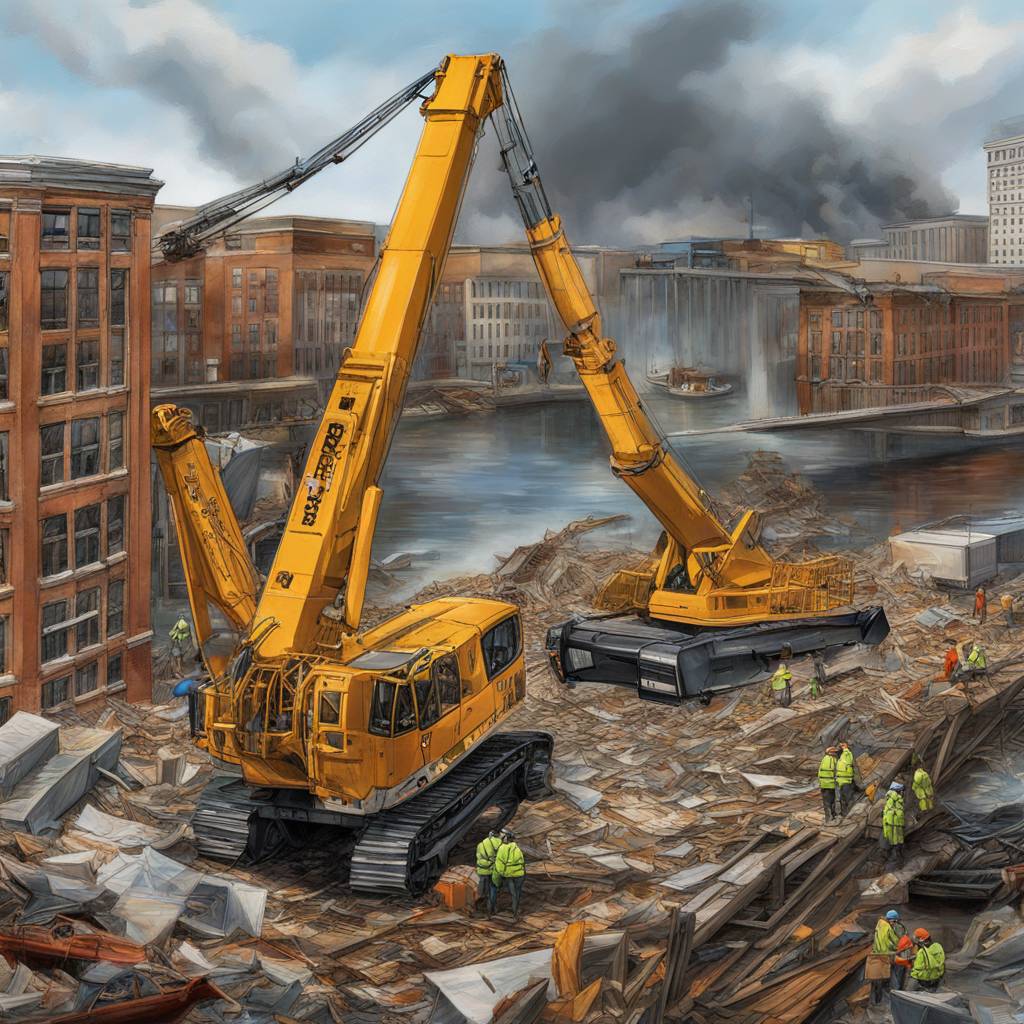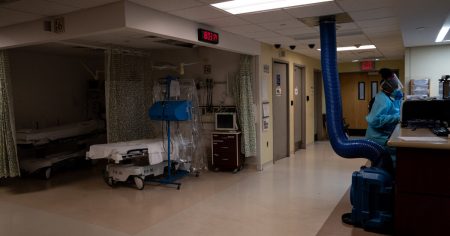The largest crane on the Eastern Seaboard was being transported to Baltimore to begin the removal of the wreckage from a collapsed highway bridge. The bridge collapse has halted the search for four missing workers and blocked the city’s vital port from operating. Governor Wes Moore stated that the large crane, arriving by barge, will be one of at least two used to clear the channel of the twisted remains of the Francis Scott Key Bridge and the cargo ship that collided with it. The U.S. Army Corps of Engineers and Navy are mobilizing resources to aid in this effort.
Maryland Governor Wes Moore expressed gratitude for the Biden administration’s approval of $60 million in immediate aid for the recovery efforts. President Joe Biden has pledged that the federal government will cover the full cost of rebuilding the bridge, emphasizing the importance of the port to the nation’s economy. Moore warned that the recovery process will be lengthy, involving significant challenges. Thirty-two members of the Army Corps of Engineers and 38 Navy contractors are currently on-site, surveying and working on the salvage operation.
The devastation caused by the collapsed bridge and the cargo ship collision is extensive. Divers have recovered the bodies of two individuals from a submerged vehicle but have been unable to reach the bodies of four other missing workers due to the wreckage. State police noted that sonar scans indicate the vehicles are trapped in a complex structure of concrete and debris. Federal and state officials have deemed the incident an accident, with victims from several Central American countries. The quick response of law enforcement during the incident prevented additional casualties.
The cargo ship involved in the collision, the Dali, was en route from Baltimore to Sri Lanka, managed by Synergy Marine Group, and chartered by Maersk. Synergy extended condolences to the victims’ families and expressed regret for the incident’s impact on Baltimore and the region’s economy. The crew of the ship, mostly from India, is in good health despite one member requiring stitches. The International Longshoremen’s Association Local 333 is working to support its members affected by the disruption in port operations.
The cargo ship was carrying nearly 4,700 shipping containers, with 56 containing hazardous materials, although industrial hygienists identified them as perfumes and soaps. A minor oil spill from the ship’s bow thruster was contained, with measures in place to prevent environmental impact. The loss of the bridge and port operations will have far-reaching consequences, affecting dockworkers, commuters, and US consumers. The governors of New York and New Jersey have offered to assist in handling disrupted cargo shipments to minimize supply chain disruptions.
The World Association for Waterborne Transport Infrastructure has reported 35 major bridge collapses worldwide due to ship or barge collisions from 1960 to 2015. The ongoing efforts in Baltimore involve significant coordination and resource mobilization to address the aftermath of the bridge collapse and cargo ship collision. The implications of this incident extend beyond local recovery efforts to impact national economic interests and supply chains.














